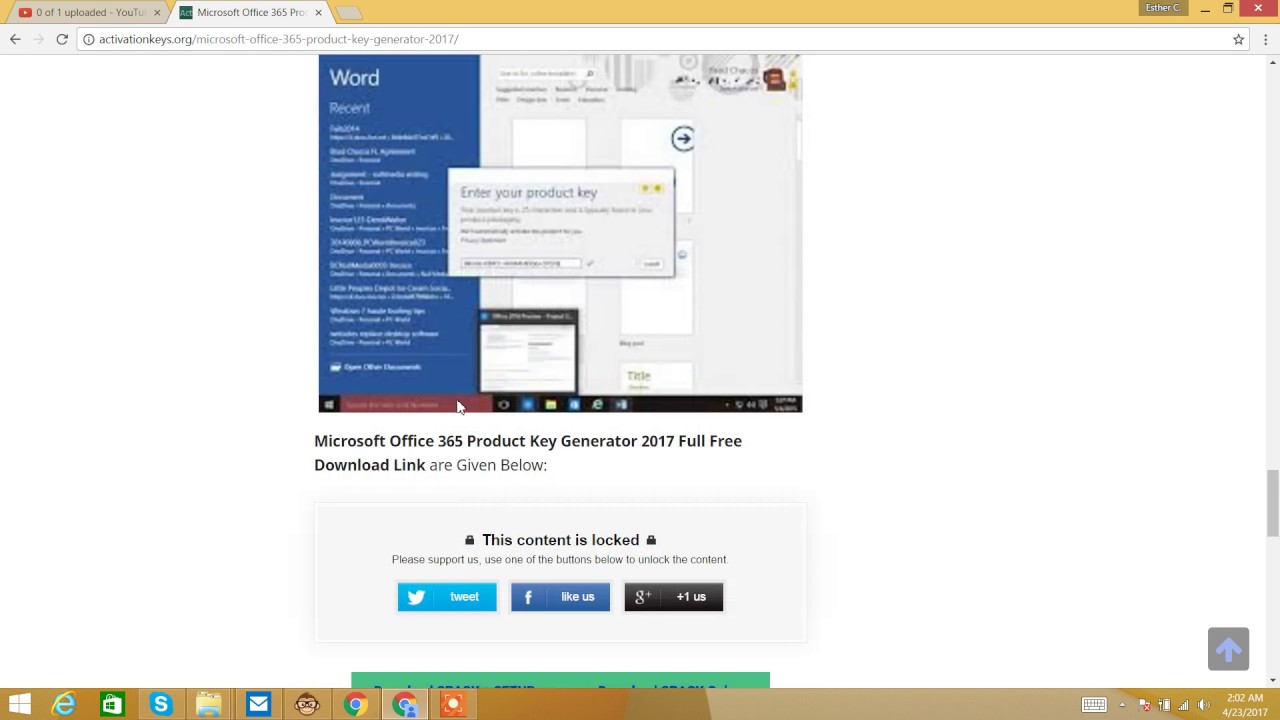

development phaseĭuring the development phase, your implementation service provider will set up your system environment. This is basically a technical document specifying the details for how the business requirements are going to be implemented. The final deliverable of the Design phase is a document called the Solution Design Document (SDD). Once the requirements are fully understood, the implementation team will work from offsite to find out how the customer’s requirements can be accommodated using the out-of-the-box functionality provided by Microsoft Dynamics.ĭynamics is a cloud solution, which means there is not endless wiggle room for customization and tweaking! But still, the Dynamics platform offers some flexibility for changing the screen layout or adding backend functionality for the customer. The requirements are then documented in a requirement specification, which is called Functional Requirement Documentation (or FRD) in Microsoft rollout jargon. This phase involves a deep-dive into the various processes of the company, and the business side must be able to provide as-clear-as-possible explanations of the how and why regarding the processes. DISCOVERY PHASEĭuring the discovery phase the implementation team focuses entirely on understanding and documenting the company’s requirements. At the end of the initiation and planning phase, you do a kick-off meeting with your team. You establish the overall project goal and scope, you develop the budget, do a risk assessment and finally you document all project parameters in a project charter. These are just the common steps you perform at the start of any project: You nominate a project leader – both from the implementation partner as well as from the business side. In the following paragraphs I’ll walk you through the overall structure of the plan, and I discuss some of the key activities and potential pitfalls you need to be aware of. The project plan is meant as a reference to speed up the planning and help you build a solid schedule for your company in less time. To help you understand what steps you need to takein the implementation, I have built a realistic project schedule for a typical Microsoft Dynamics 365 Business Central rollout.Īctually, I had it built by an experienced Microsoft implementationPartner with tons of rollout experience.

Why I created a playbook for Dynamics 365 implementations And once the requirements are clear, the system has to be prepared and tested carefully before you can celebrate go-live. However, there is quite some effort required to understand how your current processes can be migrated to the new web-based ERP system. Yes, it’s a cloud-based system and thus the processes and overall system structure are more or less set. Unfortunately, switching to a new ERP system such as Dynamics 365 is not a piece of cake and not a project you can accomplish in a matter of weeks. Their current systems (sometimes they have been in operation for more than 10 years) often have severe limitations in terms of integration and performance, and thus are a key obstacle to the company’s ability to serve their customers in the best way possible and meet the needs of the digital age. Wherever you look, you see companies replacing their current ERP systems with the cloud-based ERP suite from Microsoft. Microsoft Dynamics is a hot topic these days!


 0 kommentar(er)
0 kommentar(er)
